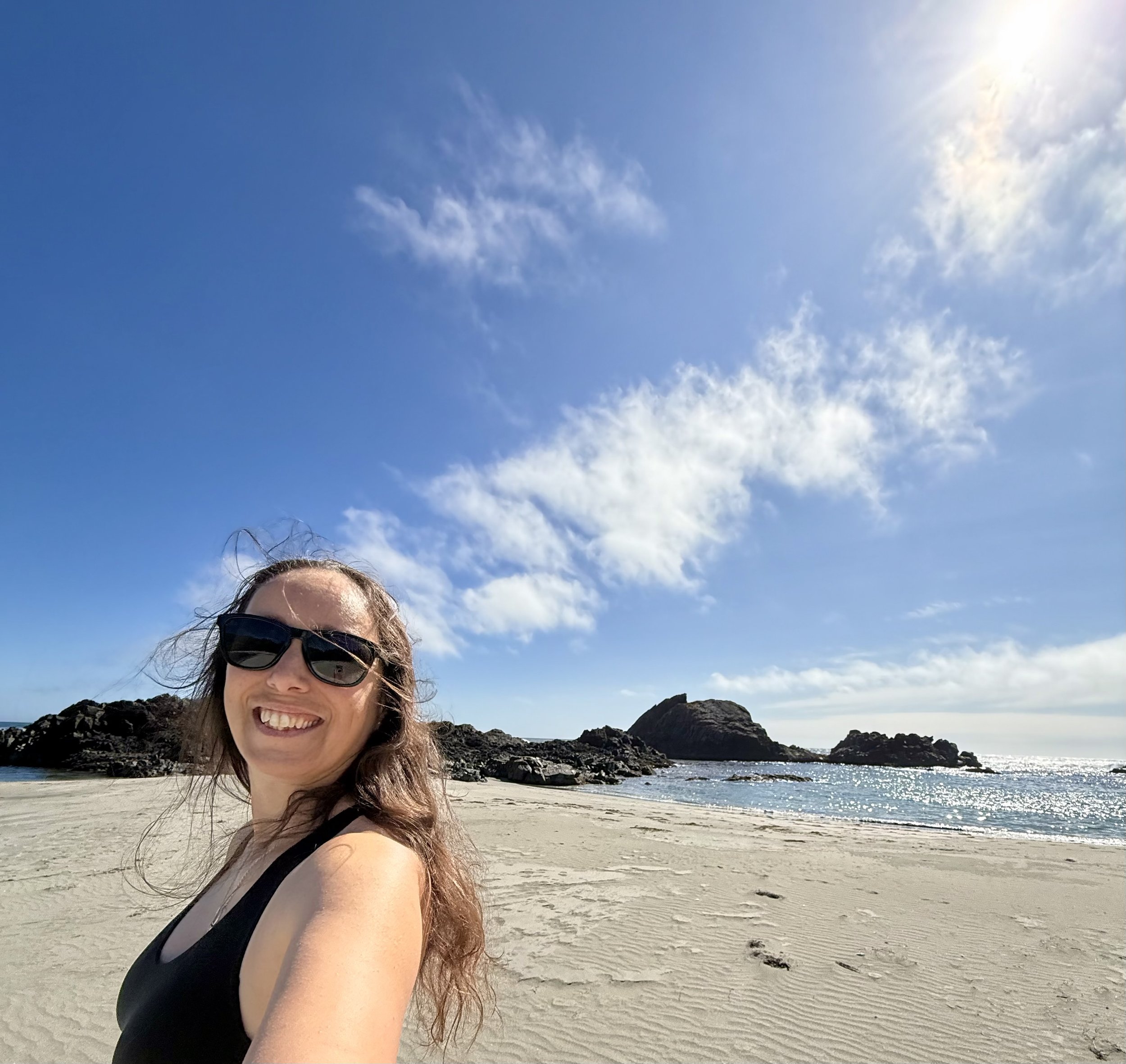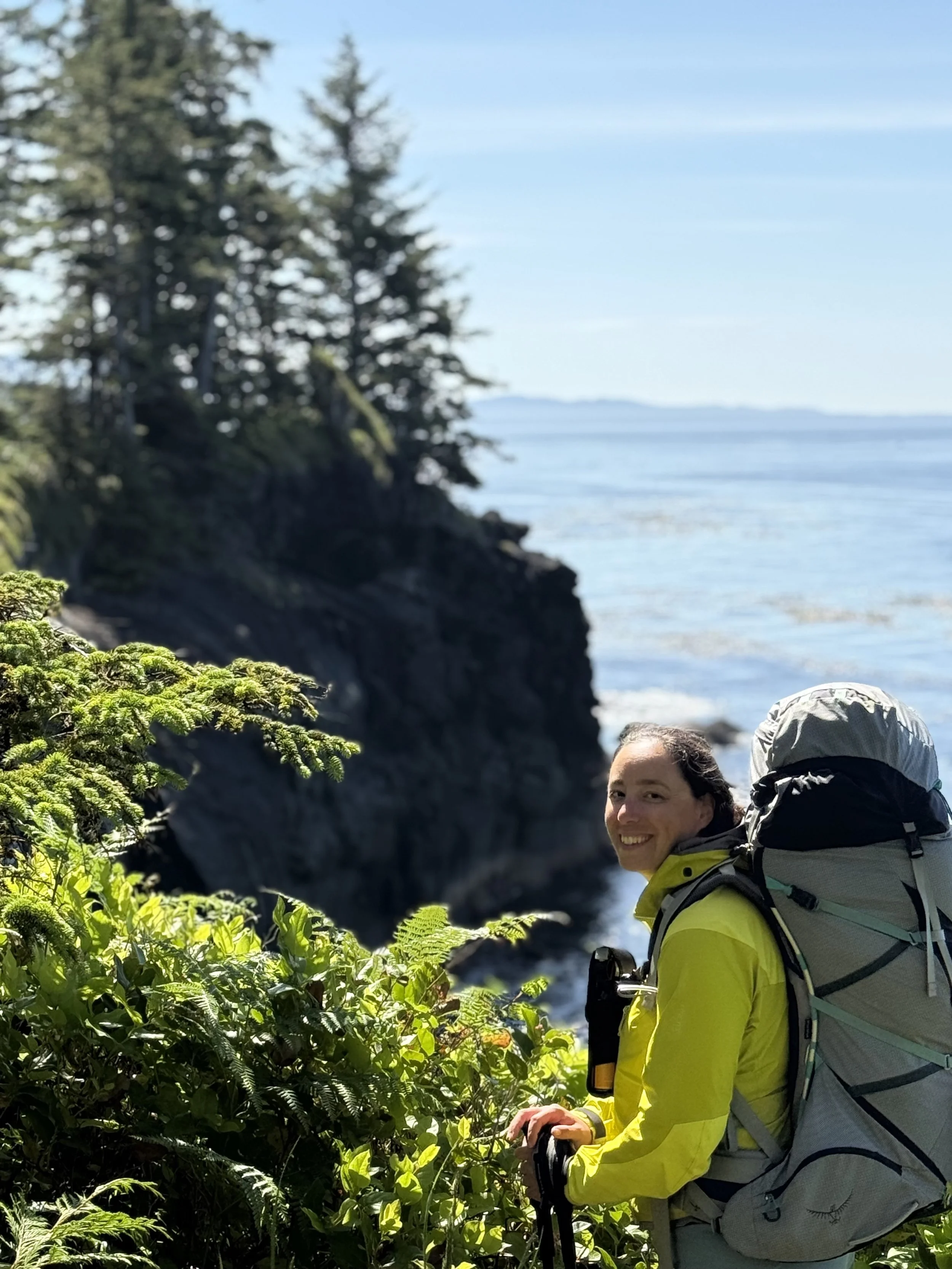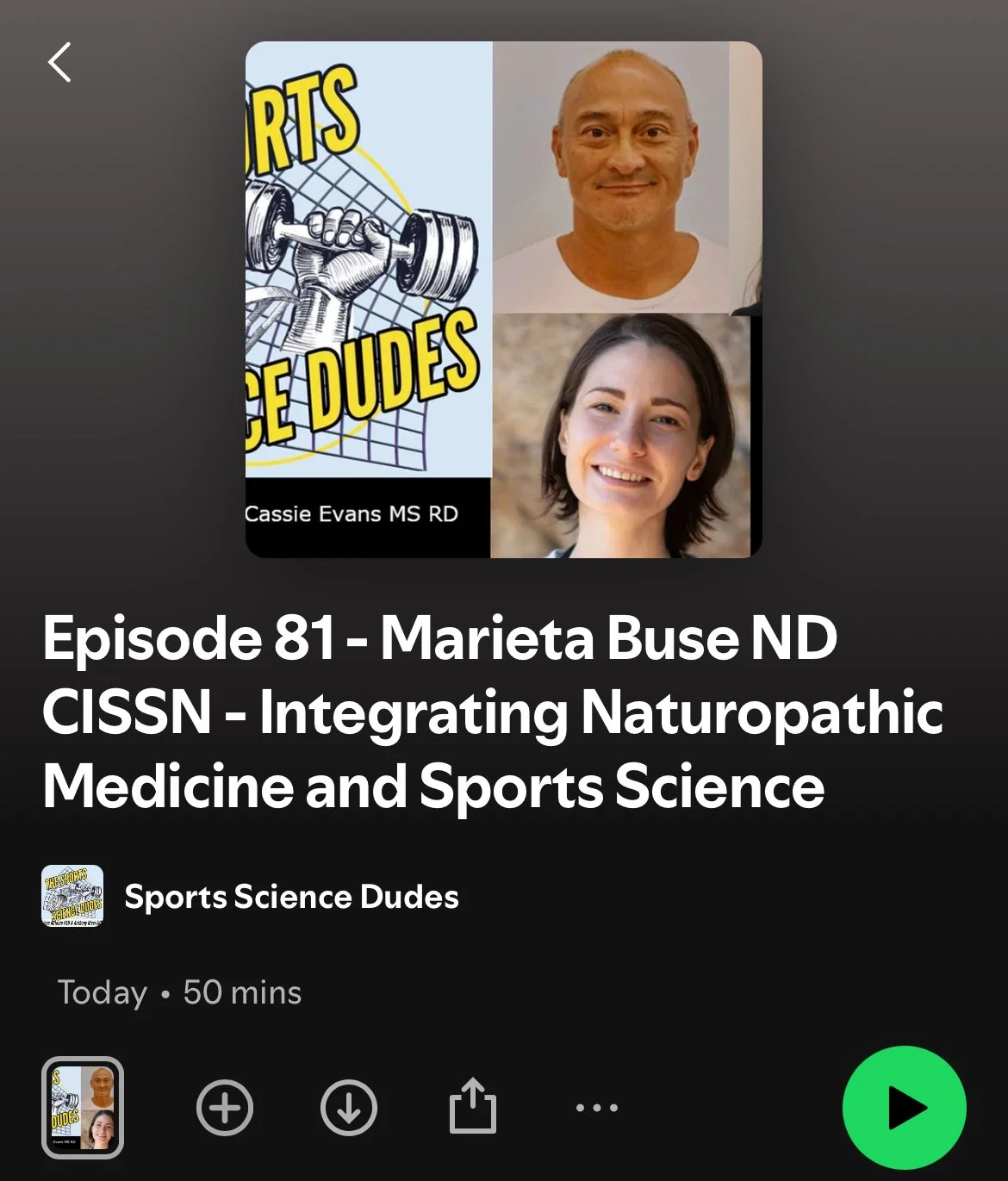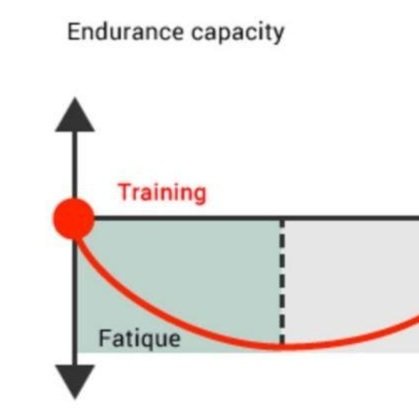
adventure blog
Why Vancouver’s Active Community Chooses RMT Massage at Elios Health
Looking for Vancouver RMT massage? Elios Health offers clinical, sport-specific massage therapy for pain relief, mobility, and faster recovery. Book today.
Seeing Beneath the Skin: The Promise of Mixed Reality + Imaging-Guided Acupuncture
In traditional acupuncture practice, locating and inserting needles at the “correct” acupoint (in location, orientation, depth) relies heavily on anatomical knowledge, palpation, and practitioner experience. Novices must learn via repetition, observation, and “feeling their way” over time. But what if technology could help “see beneath the skin” and provide real-time guidance? That is the central idea behind Mixed Reality + Imaging-Guided Acupuncture, sometimes specifically termed MRUCT (Mixed Reality Assistance for Acupuncture Guided by Ultrasonic Computed Tomography).
Acupuncturist Crystal hikes the Nootka Trail in 2025 (Part 2)
Sports Acupuncturist Crystal shares her itinerary on the Nootka Trail. Read on for more advice for tackling this incredible hike!
Acupuncturist Crystal hikes the Nootka Trail in 2025 (Part 1)
Sports Acupuncturist Crystal shares her adventures on the Nootka Trail. Read on for more advice for tackling this incredible hike!
Ride stronger, heal smarter: Why motorcycle riders are turning to physiotherapy at Elios Health
Motorcycle riders in Vancouver trust physiotherapist and ICBC-certified instructor Len Chong at Elios Health. Whether you're prepping for your motorcycle license or recovering from a crash, Len combines expert rehab with real riding experience. Book now for motorcycle-specific treatment covered by ICBC.
What do acupuncturists do? Sports acupuncture might be what you’ve been missing!
Discover what acupuncturists do and how sports acupuncture helps with pain, recovery, and performance. At Elios Health in Vancouver, Crystal Gilhooly uses acupuncture to treat active bodies—climbers, runners, and everyday athletes—by reducing pain, restoring function, and speeding up recovery with evidence-based care.
Athletic Recovery: Gua Sha Therapy in Climbing and Sports Rehab
Gua sha is a traditional technique used to reduce muscle tension, improve circulation, and speed up recovery. At Elios Health in Vancouver, we use gua sha to relieve pain, break up adhesions, and support injury rehab—especially for athletes and active individuals. It’s a powerful tool for restoring mobility and relieving chronic or acute tightness.
Unlock your rehab plan: Sports massage with Jeremy Ivey in Vancouver
Looking for sports massage near me on Main Street Vancouver? Jeremy Ivey, former Olympic rowing coach turned clinician, offers expert sports massage and physiotherapy tailored for climbers, runners, and athletes. Optimize performance and recovery with coaching-informed care. Book now on Main Street Vancouver.
Peak Performance on Main Street: How Sports Acupuncture Supports Climbers, Gymnasts, and Outdoor Athletes
Looking for acupuncture near me? Discover how acupuncture on Main Street supports athletic performance and recovery for climbers, gymnasts, and outdoor adventurers. Reduce pain, speed healing, and boost energy with expert care tailored to active lifestyles. Experience the benefits of sports acupuncture today.
Dr. Marieta Buse, ND — Competing in her first bodybuilding show in 2025!
Did you know that I am competing in my first bodybuilding show in 2025?
Nine weeks ago, I started on my goal to compete in my first bodybuilding show. Since then, I’ve received a lot of questions, so I wanted to answer a few of the most common ones.
Is hot stone massage covered by insurance?
How could this be a rock climbing clinic without hot stone massage? It just makes sense. Did you know that you can use your RMT benefits if the hot stone massage is administered by an RMT? Well lucky for you, our Registered Massage Therapist here at Elios Health is super stoked to help you have an incredible hot stone massage experience. RMT on Main Street is definitely the way to go!
What is Scapular Dyskinesis?
Scapular dyskinesia is a broad term used to describe a range of dysfunctional or abnormal movements of the scapula (shoulder blade). The term “dyskinesia” literally means bad or abnormal movement (“dys” = bad/abnormal, “kinesia” = “movement”). Learn more from our experienced physiotherapists.
6 reasons you should book an ultrasound appointment
Learn more about how ultrasounds are used in our clinic, by Dr. Marieta Buse, ND. Visit Dr. Marieta in our Main Street physio clinic, at the corner of Main Street and King Edward. Marieta works together with our group of Vancouver physiotherapists, acupuncturists, and RMTs to support your performance and recovery.
How are you improving climbing power?
A majority of training in recreational climbing is often hangboards, weight-lifting, and some dry-training (speed work). Unfortunately this appears to work only on the ends of the training spectrum. Elite climbers incorporate a significant portion of power into their training. This is known as contrast training. Contrast training is an advanced method for improving both strength and power through combining high-load strength exercises with plyometric movements targeting the same muscle groups. Research shows that heavy loading of a muscle induces a high degree of central nervous stimulation lasting from 5 to 30 minutes.
Love Your Shoulders: Improving Overhead Mobility
Overhead mobility can be explained simply as having adequate motion to allow the arms to be positioned overhead without compensation. Shoulder overhead mobility requires multiple moving body parts working together. Without adequate motion in the right muscles and joints, you run the risk of exposing other body regions to excessive strain due to compensatory strategies, for example, extreme extension through the neck, thoracic spine, or lumbar spine.
Deloading in Climbing
Have you ever wondered why you are finally able to send your project after a few days of rest, rather than trying day-after-day?
This trend does not appear to be only exclusive to climbing but in other aspects of performance as well. Researchers in a 2003 study found that approximately two weeks of rest in weight-lifters actually increased their maximum squat and bench press weight.
This seems counterintuitive, is less really more?
What’s Trigger Finger? (Stenosing Tenosynovitis)
Trigger finger is a condition where there is a size disparity between the flexor tendons and the surrounding pulley system at the first annular pulley (the A1 pulley). This causes the tendon to catch on the pulley as it attempts to glide through unless enough pressure is developed to allow it to forcefully move through the pulley. The exact cause of trigger finger is not always clear, but it is often attributed to overuse injuries or repetitive motions.
Biceps Rupture in Climbers
The biceps brachii muscle is a multi-joint muscle that spans both the shoulder and the elbow, meaning it has a role in movement at both of these joints. Its main action is elbow flexion (bending the elbow), but it also has many secondary actions such as forearm supination (turning the palm up), and shoulder flexion (raising the arm overhead).
A biceps tendon rupture denotes an injury where the biceps muscle is subjected to excessive loads and detaches from one or more of its proximal attachment sites.
The most common locations for a biceps tendon rupture are at the proximal attachment of the long head (where it connects to the glenoid labrum), and distally where the tendon inserts into the radius.
Injuries in Skiing and 5 Tips for Reducing Risk
We get a ton of questions about skiing safely, To ski with confidence, talk with a physiotherapist who specializes in skiing. It should be someone who understands the forces of the sport, and who has personal experience doing it themselves. Your physiotherapist will perform a variety of tests, discuss your activity, and make recommendations. Enjoy your winter season skiing in Vancouver and throughout BC!




















